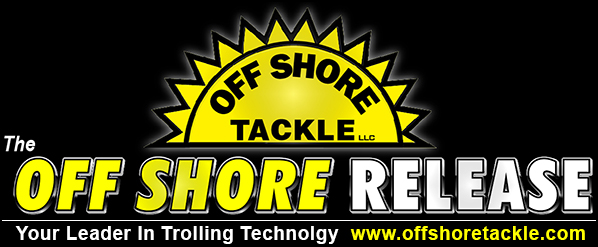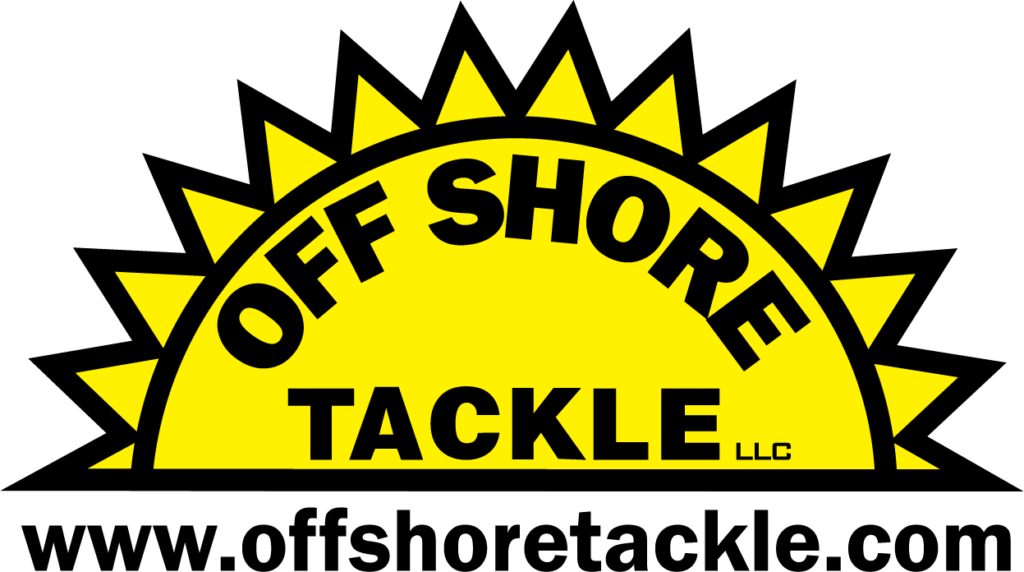 Forward facing sonar has come into play during crappie tournaments in
Forward facing sonar has come into play during crappie tournaments in
recent years; however, techniques such as “pullin” using long lines or inline
planer boards will continue to be the most popular with the masses.
BY DAN DANNENMUELLER
Live sonar has certainly changed the face of tournament crappie fishing. However, when the biggest fish matter, one has to ask if other techniques such as pulling are being replaced. Personally, I believe any technique in any given weather, water, or moon condition can be the go-to method.
Statistics show that when live sonar is used correctly during tournaments, it will consistently outperform any other technique to catch the biggest 5 to 7 crappie within a given time period. However, less than one percent of the fishing population participates in tournaments. Most of us are more interested in catching the legal limits of wonderful-tasting crappie.
Even though I will utilize live scope during many tournaments, I don’t solely rely on it. Sue and I have used other techniques when pre-fishing tournaments and on fishing trips.
In June of 2023, we were fishing a tournament on Sardis Lake in Mississippi. We located a big school of fish just outside the major upper timber lines. These were post-spawn crappie, and they were feeding on schools of shad. At times, they were stationary on the bottom but fed several times during the day by suspending around the shad balls.
We chose to pull crankbaits and jigs on Off Shore Tackle OR12 Side Planer Boards with #1 OR36 Series Tadpoles. On day 1 of the tournament, we caught 87 crappies with 1.72 pounds as our biggest, and on day 2 we caught 64. It was a lot of fun and were culling both days for our best five to weigh in.
What makes other alternatives such as pulling Off Shore Boards productive is the ability to cover a lot of water efficiently, effectively, and quickly. If the crappie are suspended away from trees, brush piles, etc. pulling boards can be very rewarding. Exploring areas using the boards by varying baits and depths helps to eliminate locations where there aren’t fish, as well as select the proper actions, colors, and depths over larger areas for active crappie.
If you are fishing bigger lakes and rivers with wide expanses of water, I like pulling/running the boards as far as 150 to 200 feet. I have found that running 4 boards on each side of the boat this far out tiered to the boat at varying intervals will cover a LOT of water. Horizontal approaches like this allow for the element of surprise without prop noise, electronic signals, etc. The crappie are not as spooky.
For smaller waters or when you want to saturate the areas you are fishing with each pull or pass, I like to reduce the amount of line out each side and the interval distance. This may be necessary when the fish are more scattered. The optimal distance between boards for me is 20 to 25 feet. This allows for turns with fewer line tangles.
Pulling with Off Shore Planer Boards can be more enjoyable, as fishing with live sonar can be a very focused technique. Concentrating on a screen while casting or pitching to a fish periodically means you are doing it alone with very little intake from what is around you. Pulling allows for several trollers to enjoy a day on the water with engagement between each other and the surroundings.
The type of boat used really doesn’t matter as you can pull boards from a kayak, pontoon boat, aluminum boat, or even a bass boat. It will require a good trolling motor, depth finder, rod holders, rods and reels, Off Shore Planer Boards, OR36 Series Tadpoles (optional), a trolling app like Precision Trolling Data, and baits. Live sonar and related electronics are not necessary and can reduce investment costs substantially.


